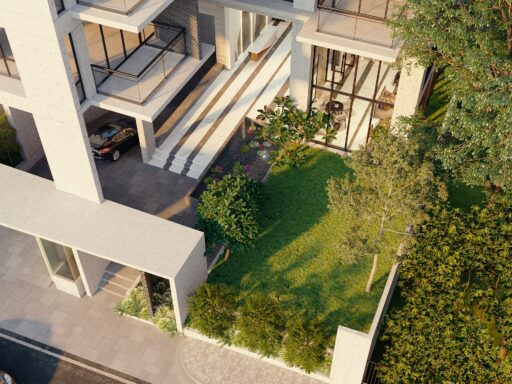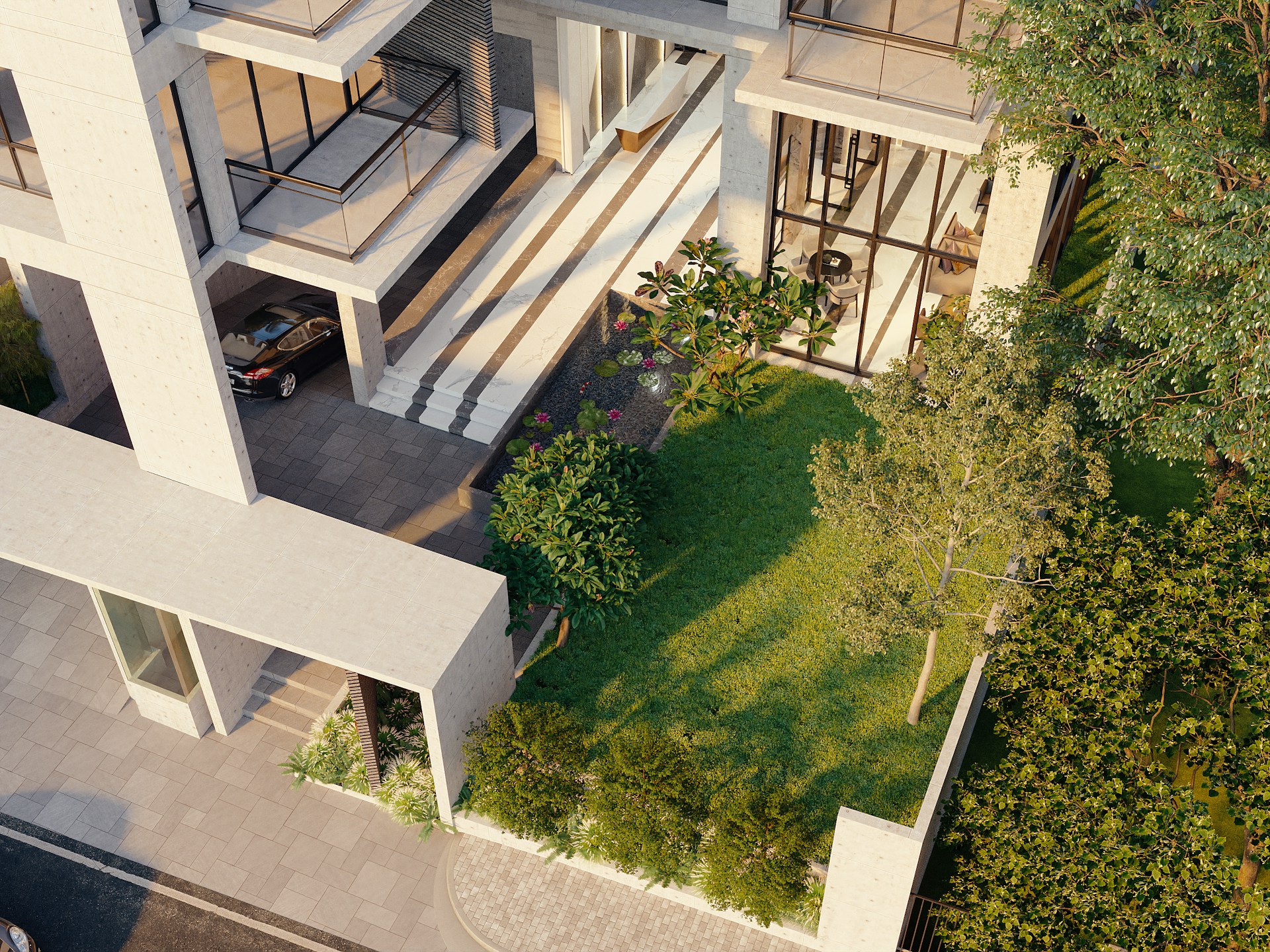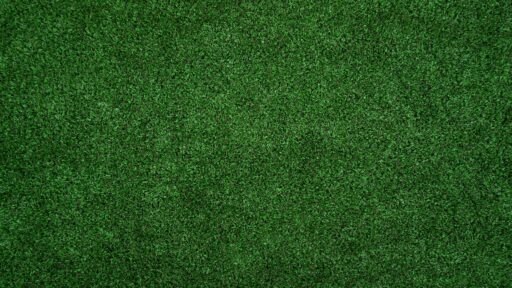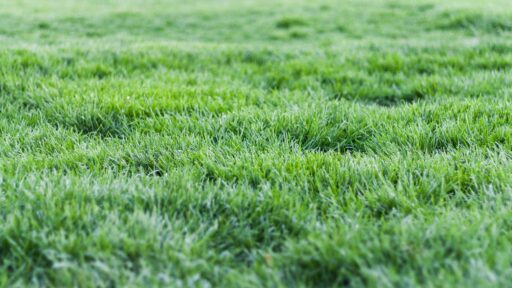Nothing’s more frustrating than dealing with the same lawn problems year after year. Brown patches that return every summer, soggy areas that never dry out, or sections of grass that stay yellow no matter how much fertilizer gets applied. Most homeowners keep treating these issues like they’re seasonal problems that need annual attention, but the reality is that recurring lawn problems usually signal deeper system issues that surface treatments can’t fix.
The key to breaking this cycle is understanding that healthy lawns depend on properly functioning underlying systems. When irrigation, drainage, or soil conditions aren’t right, no amount of fertilizer, seed, or surface treatment will create lasting improvements. The problems keep coming back because the root causes never get addressed.
Identifying and fixing these underlying issues costs more upfront than buying another bag of fertilizer, but it’s the only way to create a lawn that stays healthy without constant intervention.
Water Distribution Problems That Masquerade as Lawn Issues
Many recurring lawn problems stem from uneven water distribution that creates zones of overwatering and underwatering across the same property. These problems often develop gradually as sprinkler systems age, making them hard to recognize without systematic evaluation.
Dry patches that return every summer typically indicate areas where sprinkler coverage has degraded. Sprinkler heads can shift, get partially blocked, or wear out in ways that reduce their coverage area. The grass in these zones struggles during hot weather while adjacent areas stay green, creating the patchy appearance that makes lawns look unhealthy.
Overwatering creates different but equally persistent problems. Soggy areas, fungal diseases, and weak root systems all result from too much water. These conditions make grass vulnerable to heat stress, foot traffic damage, and pest problems that require ongoing treatment unless the excess water issue gets resolved.
For persistent water-related lawn problems, professional lawn sprinkler repair can diagnose and fix distribution issues that surface treatments can’t address. Proper system evaluation identifies coverage gaps, pressure problems, and timing issues that create recurring lawn stress.
The timing of water application also affects lawn health in ways that aren’t immediately obvious. Systems that run during peak heat hours create stress conditions that weaken grass over time. Poor timing wastes water through evaporation while failing to provide the deep watering that builds healthy root systems.
Drainage Issues That Create Ongoing Problems
Poor drainage creates lawn problems that keep returning because the underlying water movement issues never get fixed. These problems often get worse over time as soil compaction increases and drainage pathways become more restricted.
Chronically wet areas develop different grass varieties, moss growth, and soil conditions that perpetuate the moisture problems. Attempting to treat these areas with surface amendments rarely works because the fundamental drainage issue continues creating wet conditions that favor unwanted plant growth.
Seasonal flooding in certain areas indicates drainage bottlenecks that need system-level solutions. Installing surface drains, improving soil permeability, or redirecting water flow addresses the cause rather than just treating the symptoms that appear each rainy season.
Soil compaction from poor drainage creates additional problems that compound over time. Compacted soil prevents proper root development, reduces air circulation, and creates conditions that favor disease development. These problems persist until the drainage issue gets resolved and soil conditions improve.
Soil Chemistry Imbalances
Persistent nutrient deficiency symptoms often indicate pH problems or soil chemistry imbalances that prevent grass from accessing available nutrients. Adding more fertilizer to soil with pH problems wastes money while failing to resolve the underlying nutrient availability issue.
Soil testing reveals chemistry problems that explain why fertilizer applications don’t produce expected results. Acidic or alkaline conditions can lock up nutrients, making them unavailable to grass roots even when adequate fertilizer has been applied.
Salt buildup from over-fertilization or poor-quality water creates soil conditions that stress grass regardless of other care practices. These problems develop gradually but create lasting damage that surface treatments can’t reverse without addressing the underlying salt accumulation.
Organic matter depletion in soil creates conditions where fertilizer and water applications become less effective over time. Building soil health through organic amendments provides long-term improvement that reduces the need for ongoing chemical treatments.
System Maintenance That Prevents Problems
Regular system evaluation prevents many recurring lawn problems by identifying issues before they create visible damage. This proactive approach costs less than repeatedly treating symptoms while providing better long-term results.
Sprinkler system efficiency audits reveal coverage gaps, pressure variations, and timing problems that cause recurring stress in different lawn areas. Fixing these issues early prevents the cumulative damage that creates persistent problem areas.
Seasonal system adjustments account for changing weather patterns, plant growth, and soil conditions that affect watering needs throughout the year. Static system settings that don’t change with seasons often create overwatering in spring and underwatering in summer.
Soil health monitoring tracks conditions that affect grass growth and identifies developing problems before they create visible damage. This allows for preventive treatment that maintains lawn health rather than reactive treatment that attempts to repair damage after it occurs.
Breaking the Treatment Cycle
The most effective approach to persistent lawn problems involves comprehensive system evaluation followed by targeted repairs that address root causes rather than symptoms. This approach requires higher initial investment but creates lasting solutions that reduce ongoing maintenance costs.
Professional diagnosis identifies the specific system issues causing recurring problems and develops repair strategies that address underlying causes. This prevents the repeated treatment cycles that waste money while failing to create permanent improvements.
Prioritizing system repairs based on their impact on overall lawn health ensures that limited budgets get allocated to fixes that provide the greatest improvement. Some repairs provide immediate benefits across large lawn areas, while others address specific problem zones.
The goal is creating lawn systems that maintain health with minimal intervention rather than requiring constant treatment to address recurring problems. When underlying systems function properly, lawns develop the resilience to handle seasonal stresses without developing the persistent problems that plague properties with system deficiencies.








